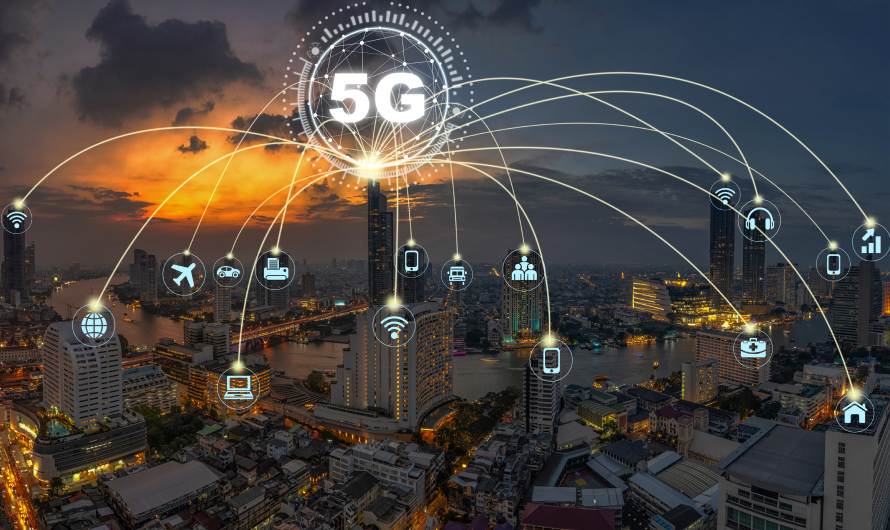
What is 5G ?
5G is the 5th generation mobile network. It is a new global wireless standard after 1G, 2G, 3G, and 4G networks. 5G enables a new kind of network that is designed to connect virtually everyone and everything together including machines, objects, and devices. 5G wireless technology is meant to deliver higher multi-Gbps peak data speeds, ultra low latency, more reliability, massive network capacity, increased availability, and a more uniform user experience to more users. Higher performance and improved efficiency empower new user experiences and connects new industries.
What are the differences between the previous generations of mobile networks and 5G?
The previous generations of mobile networks are 1G, 2G, 3G, and 4G. 1G, 2G, 3G, and 4G all led to 5G, which is designed to provide more connectivity than was ever available before. 5G is a unified, more capable air interface. It has been designed with an extended capacity to enable next-generation user experiences, empower new deployment models and deliver new services. With high speeds, superior reliability and negligible latency, 5G will expand the mobile ecosystem into new realms. 5G will impact every industry, making safer transportation, remote healthcare, precision agriculture, digitized logistics — and more — a reality.
How and when will 5G affect the global economy?
Through a landmark 5G Economy study, we found that 5G’s full economic effect will likely be realized across the globe by 2035—supporting a wide range of industries and potentially enabling up to $13.1 trillion worth of goods and services. This impact is much greater than previous network generations. The development requirements of the new 5G network are also expanding beyond the traditional mobile networking players to industries such as the automotive industry. The study also revealed that the 5G value chain (including OEMs, operators, content creators, app developers, and consumers) could alone support up to 22.8 million jobs, or more than one job for every person in Beijing, China. And there are many emerging and new applications that will still be defined in the future. Only time will tell what the full “5G effect” on the economy is going to be.
Where is 5G being used?
Broadly speaking, 5G is used across three main types of connected services, including enhanced mobile broadband, mission-critical communications, and the massive IoT. A defining capability of 5G is that it is designed for forward compatibility—the ability to flexibly support future services that are unknown today.
In addition to making our smartphones better, 5G mobile technology can usher in new immersive experiences such as VR and AR with faster, more uniform data rates, lower latency, and lower cost-per-bit. 5G can enable new services that can transform industries with ultra-reliable, available, low-latency links like remote control of critical infrastructure, vehicles, and medical procedures. 5G is meant to seamlessly connect a massive number of embedded sensors in virtually everything through the ability to scale down in data rates, power, and mobility—providing extremely lean and low-cost connectivity solutions.
How fast is 5G?
5G is designed to deliver peak data rates up to 20 Gbps based on IMT-2020 requirements. Qualcomm Technologies’ flagship 5G solutions, the Qualcomm® Snapdragon™ X65 is designed to achieve up to 10 Gbps in downlink peak data rates. But 5G is about more than just how fast it is. In addition to higher peak data rates, 5G is designed to provide much more network capacity by expanding into new spectrum, such as mmWave.
5G can also deliver much lower latency for a more immediate response and can provide an overall more uniform user experience so that the data rates stay consistently high—even when users are moving around. And the new 5G NR mobile network is backed up by a Gigabit LTE coverage foundation, which can provide ubiquitous Gigabit-class connectivity.